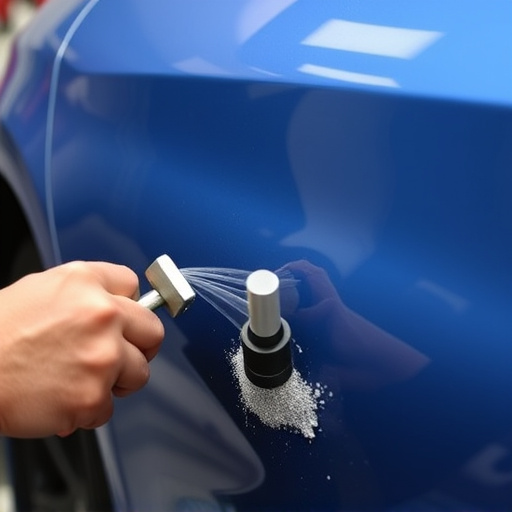Obtaining supplemental claims assistance for auto repairs requires clear communication and meticulous documentation. Start with a reputable shop's thorough inspection, then submit invoices, receipts, and records of initial and subsequent maintenance. Efficient use of this process ensures fair reimbursement for eligible expenses, aiding vehicle restoration without added financial strain. Crystal clear language and detailed information exchange minimize delays or claim denials, facilitating swift approvals for all repairs.
Unsure how to navigate the complexities of supplemental claims? This guide offers invaluable insights into mastering the art of documentation. We’ll explore the fundamental steps, from understanding the intricate process to crafting compelling, clear paperwork. Learn effective communication strategies for securing claim approval swiftly. Discover how to leverage supplemental claims assistance, ensuring a seamless journey. By following these key elements, you’ll enhance your chances of success and streamline the overall experience.
- Comprehending Supplemental Claims Process
- Crafting Clear and Concise Documentation
- Effective Communication for Claim Approval
Comprehending Supplemental Claims Process

Understanding the supplemental claims process is a crucial first step for anyone looking to receive assistance with their auto repairs. This involves navigating a series of steps designed to ensure accurate and fair compensation for out-of-pocket expenses related to vehicle damage. Often, this begins with a detailed inspection of the repair work performed at a reputable car repair shop or fleet repair services provider, followed by the submission of invoices and receipts as evidence of the costs incurred.
The key is to maintain thorough documentation, including all bills, estimates, and communications with insurance providers. This includes records related to both the initial auto maintenance and any subsequent repairs. By providing comprehensive and organized supplemental claims assistance, individuals can streamline the process, receive proper reimbursement for eligible expenses, and ultimately, ensure their vehicle’s restoration without unnecessary financial strain.
Crafting Clear and Concise Documentation

Successful supplemental claims documentation requires crystal clear communication, especially when dealing with complex processes like car restoration after a fender bender or managing car dent repairs. Each detail must be meticulously documented to ensure all parties involved—from insurance companies to repair shops and policyholders—are on the same page. This clarity is crucial for swift and accurate claim settlements.
When crafting these documents, avoid jargon that might confuse readers. Instead, use simple language to explain procedures, costs, and timelines. For instance, if a car dent repair involves specific techniques or materials, describe them in plain terms. This transparency facilitates better understanding, reduces miscommunication, and ultimately enhances the overall supplemental claims assistance process.
Effective Communication for Claim Approval

Effective communication is a cornerstone of successful supplemental claims documentation. When it comes to claiming for repairs like car dent removal or bumper repair, clarity and precision are paramount. Insurers and repair shops must exchange detailed information about the incident, damage assessments, and proposed repair procedures to ensure accurate claim approval. This includes providing comprehensive photographs, descriptions of the parts needing replacement (for instance, in a car dent repair scenario), and cost estimates broken down by labor and materials.
A well-communicated claim significantly reduces the chances of delays or denials. Utilizing supplemental claims assistance can facilitate this process by ensuring all necessary documents are submitted in a timely manner, correctly formatted, and easily understandable. Whether it’s for a minor car dent repair or more extensive bumper repair work, clear communication is vital to obtaining the desired approval and ensuring a swift resolution.
Supplemental claims documentation is a vital aspect of navigating the insurance process, ensuring that policyholders receive the support they need. By understanding the key elements outlined in this article—comprehending the process, crafting clear documentation, and maintaining effective communication—individuals can effectively manage their supplemental claims, leveraging professional assistance when required for seamless resolution. This strategic approach to supplemental claims management empowers policyholders to advocate for their rights and obtain the benefits they are entitled to.














